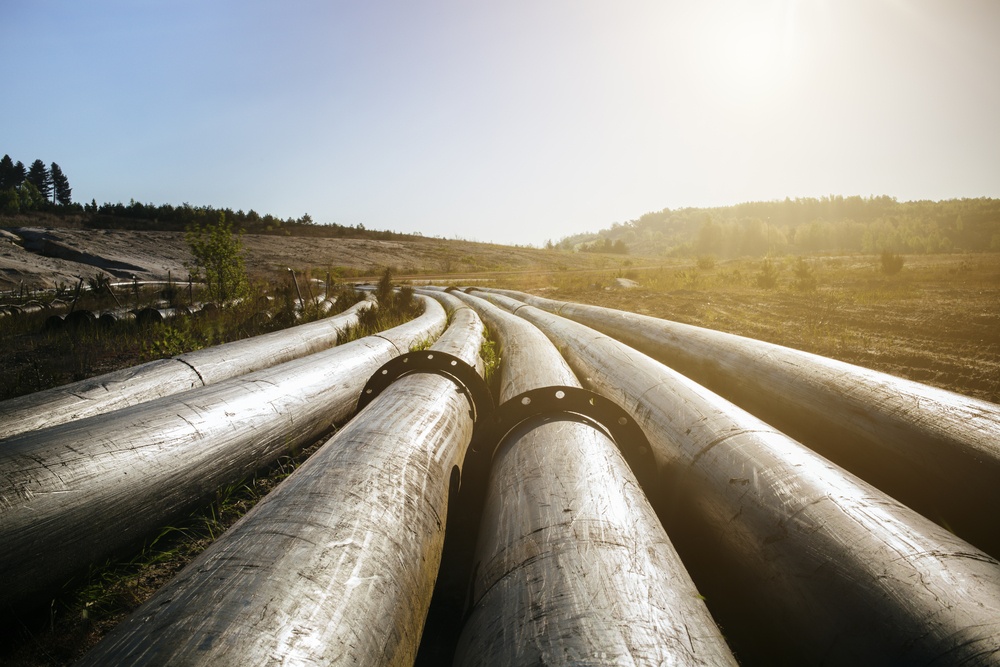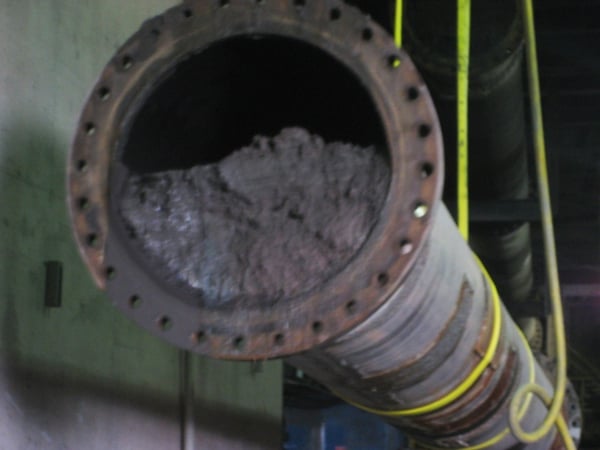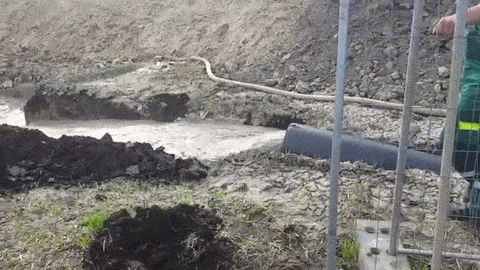
Are you experiencing issues with your slurry pipeline? Your system may be delivering insufficient tonnage, or your flow rates may be lower than you’d like. A range of factors could be responsible for these pipeline troubles, but a significant one to watch for is slurry pipeline sanding.
What is sanding?
Although the term may inspire thoughts of abrasion, pipeline sanding actually refers to obstruction of the flow within the pipe. From a technical perspective, pipeline sanding occurs when sediment, such as sand, builds up in the invert of the pipeline, thereby reducing the effective cross-sectional area and increasing the friction losses. A blockage can mean a lower flow rate and greater discharge pressure which can negatively impact output and revenue. More important, an unresolved blockage can also threaten employee safety.
“If the blockage results in the flow rate dropping to zero, it can be dangerous,” KSB GIW, Inc. Senior Hydraulic Design Engineer John Furlan said. “What happens is that now you’re dumping a lot of energy into a small volume within the pump. Eventually, the liquid will boil and the steam can become pressurized. Blockages can then lead to catastrophic failure where the pump explodes.”
Pipeline sanding doesn’t just occur as a total blockage, however. In some cases, a sediment bed may form on the bottom of a pipeline without completely blocking the flow. Although the pipe still delivers some solids, it’s important to avoid this form of sanding. If left untreated, it can cause a total blockage, which is a worst-case scenario that completely shuts down the pumping process. Additionally, due to the restricted area of the pipe, the friction losses and energy requirements will be elevated as a result. Finally, the presence of a bed can result in unstable operation of the pipeline, which pump operators should avoid.

This bed, caused by introduction of high-density ore into tailings, built up over several weeks and resulted in a smaller effective pipe diameter with corresponding higher friction losses. Due to sanding, the flow rate was reduced to 50% of the system’s design. The presence of the bed was not visible at the pipeline outlet as the system was still transporting solids large and small.
How do I recognize sanding?
When sanding occurs, a sediment bed starts to fill up the pipeline. This decreases the cross-sectional area of the pipe, which increases friction losses and reduces the system’s overall flow rate, thereby reducing the system’s delivered tonnages. Any of these warning signs could signal a partial or total blockage and indicate that it’s time to fix the issue.
Those aren’t the only ways to recognize sanding, however. Improvements in sanding detection technology over the last decade mean it’s easier than ever to directly detect and prevent this problem.
“Electrical resistance technology (ERT) has been developed and packaged into industrially ready products to detect the presence of a bed,” Dr. Furlan said. “Other techniques like thermal deposition detection (TDD) are also available commercially. We’re in the process of installing a TDD unit in the KSB GIW, Inc. Hydraulic Test Lab, which will be used to measure the velocity at the limit of stationary deposition, which is an important pipeline design parameter.”

How do I fix and prevent sanding?
If sanding has already begun to occur in your pipeline, three ways to clear an obstructed pipeline exist:
- Increase pump speed. The additional pressure associated with the increased speed can help clear the line.
- Flush the pipeline with water. A pipe flush can also clear the bed, however, it’s important to exercise caution since the pressure the pump puts up on water is typically lower than that it puts up on slurry for the same pump speed. Therefore, depending on the pipeline system characteristics, this may or may not be a viable solution.
- Introduce fine materials. Fine particles increase the effective density and viscosity of the fluid and may clear the bed.
If all else fails, you can stop the pipeline and remove the blockage manually. However, this eats away at valuable production time and potential revenue.
Your best bet is to keep sanding from happening in the first place. GIW’s SLYSEL software calculates the minimum pipeline velocity required to avoid sanding and predicts a range of recommended flow rates to keep your pipeline running smoothly. Experts at the GIW Hydraulic Test Lab work to develop new solutions to pipeline problems, including sanding, every day. With help from KSB GIW, Inc., you can ensure your pumps and pipelines are working optimally.
